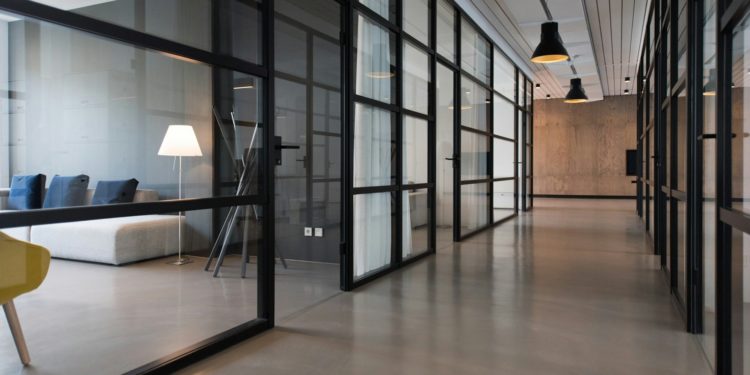In the wake of the pandemic, remote work has reshaped the traditional office environment. Now, businesses are turning to a new trend known as ‘office peacocking’ to attract employees back to the workplace.
By enhancing office spaces with stylish furniture, inviting lounges, and premium amenities, companies are creating environments that aim to rival the comfort of working from home. But can these upgraded spaces truly compete with the flexibility that remote work offers?
What is Office Peacocking?
Office peacocking is a workplace trend where businesses enhance their office environments to make them more appealing, hoping to lure employees back from remote work. The term takes inspiration from the way peacocks display their vibrant feathers to attract attention, with employers now ‘displaying’ their office spaces in an equally eye-catching way.
Core elements of office peacocking include stylish décor, cosy lounge areas, recreational zones, and even premium amenities like quality office coffee machines. These enhancements are designed to compete with the comfort and flexibility of working from home, offering an attractive alternative that encourages employees to return to physical workspaces.
Why Employers are Embracing Office Peacocking
As remote work became the norm during the pandemic, many employees have grown accustomed to the comfort and convenience of working from home. To entice them back into the office, employers are embracing this office peacocking trend, recognising that simply offering a traditional workspace is no longer enough. Stylish and inviting office environments are seen as a way to create an experience that competes with the home office, where workers can enjoy flexible schedules and comfort.
One of the primary motivations behind this trend is to address the growing reluctance of employees to return to full-time office work. Studies have shown that employees now prioritise flexibility and a work-life balance over other incentives. For example, research from 2021 revealed that UK workers would require a significant pay rise to be tempted back to the office full-time, highlighting how much value they place on the perks and home comforts of remote work.
By transforming office spaces into more desirable environments, employers hope to provide an incentive that goes beyond salary and benefits.
Elements That Make a Difference
Several key elements define the success of office peacocking, with employers investing in features that enhance the workplace experience. One of the most notable upgrades is stylish, ergonomic office furniture, which adds to the office’s aesthetic appeal and promotes comfort and productivity.
Upgrading old, worn-down desk chairs can significantly make a difference in comfort for employees returning to the office. Office furniture that is both modern and colourful can turn a plain work environment into an eye-catching one that workers will want to spend more time in. Offices that also take time to upgrade standard office desks to more professional-looking and aesthetic desk designs can impact the overall look of the office space.
In addition to furniture, recreational zones can play a vital role in creating a more engaging workplace that employees will want to spend more time in. These areas, from game rooms to relaxation spaces, provide employees with much-needed breaks from their daily routines and can help boost morale and creativity.
Quality coffee machines for the office have also become popular features, offering employees gourmet food and beverage options that rival the comforts of home. In addition, part of the office peacocking trend includes generously stocked kitchens for employees to use in the office. Pairing such features in an office environment provides employees with home comforts or something they can look forward to when they come into the office.
How Office Peacocking Impacts Employee Morale & Productivity
The impact of office peacocking goes beyond aesthetics—it directly influences employee morale and productivity. A well-designed and thoughtfully enhanced workspace can significantly improve the mental well-being of employees, helping them feel more valued and comfortable. When workers operate in an environment that combines style and practicality, they are more likely to feel motivated and engaged in their tasks.
One study from 2022 indicated that 47% of surveyed employees felt that working from home had a positive impact on their mental wellbeing. Considering how 95% of the surveyed were not happy with their current office set-up, these statistics highlight how business owners must do more to improve the design of their offices to improve employee satisfaction.
Is Office Peacocking Enough?
While office peacocking can be an effective strategy for making workplaces more appealing, the question remains—can it truly convince remote workers to return full-time? Although these enhanced environments offer significant perks, many employees prioritise flexibility, work-life balance, and financial incentives over physical office upgrades.
For many, the ability to work remotely has become a non-negotiable aspect of their professional lives. Despite the allure of stylish décor, recreational zones, and other amenities, it may not be enough to replace the freedom that remote work provides. The reality is that while office peacocking can create a more attractive workspace, a flexible hybrid working arrangement is likely used over returning full-time to the office.










































































